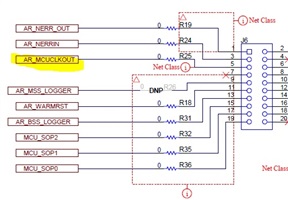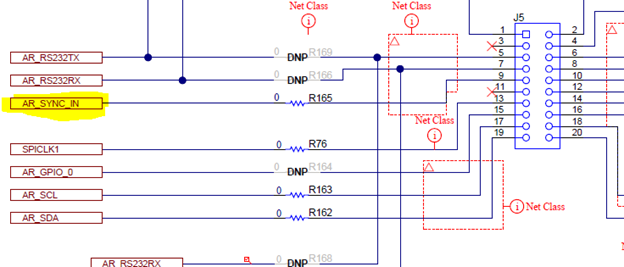Other Parts Discussed in Thread: AWR1443, MMWAVE-SDK, DCA1000EVM
I had the following exchanges before.
e2e.ti.com/.../906433
-------------------------------------------------------------------------------------------------------------------------------------
2) Is it possible to control two units of AWR1443BOOST with one PC using the first SPI as master and the second module SPI as slave?
Yes the two AWR1443 devices could communicate to each other via SPI. You just need to write your application accordingly.
--------------------------------------------------------------------------------------------------------------------------------------
Would you please tell me the concrete method of creating the application?
The operation you are trying to perform is to set one AWR1443BOOST to receive only mode and send the send command from the first MCU to the SPI input of the second AWR1443BOOST to see the IQ signal level of the second one. I am thinking.
Probably it is not enough to change the API of the first mmWAVE STUDIO, and I think that it is an image of rewriting SPI related commands with mmWAVE-SDK.
In addition, the execution result of the source edited by mmWAVE-SDK is not displayed by mmWAVE-STIDO, and is it only displayed by mmWave Demo Visualizer?
Thank you.




